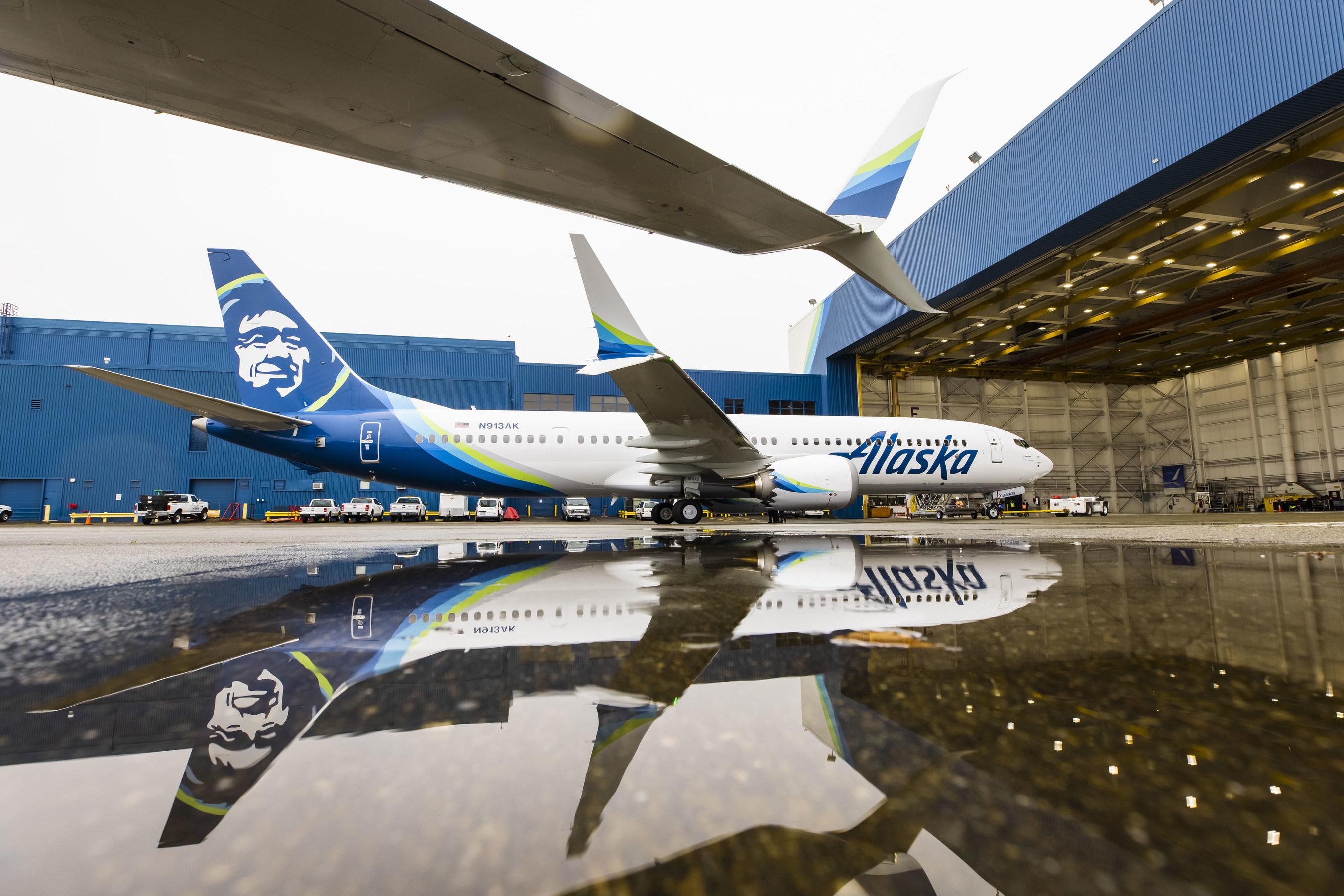
Credit: Alaska Airlines
Alaska Air Group plans to accelerate its transition to an all-Boeing 737 mainline fleet by year-end 2023, ahead of previous plans for 2024. The airline also announced plans to remove the last De Havilland Canada Dash 8-400s from its regional fleet by the end of 2023, leaving it with an all-Embraer...
Subscription Required
This content requires a subscription to one of the Aviation Week Intelligence Network (AWIN) bundles.
Schedule a demo today to find out how you can access this content and similar content related to your area of the global aviation industry.
Already an AWIN subscriber? Login
Did you know? Aviation Week has won top honors multiple times in the Jesse H. Neal National Business Journalism Awards, the business-to-business media equivalent of the Pulitzer Prizes.





